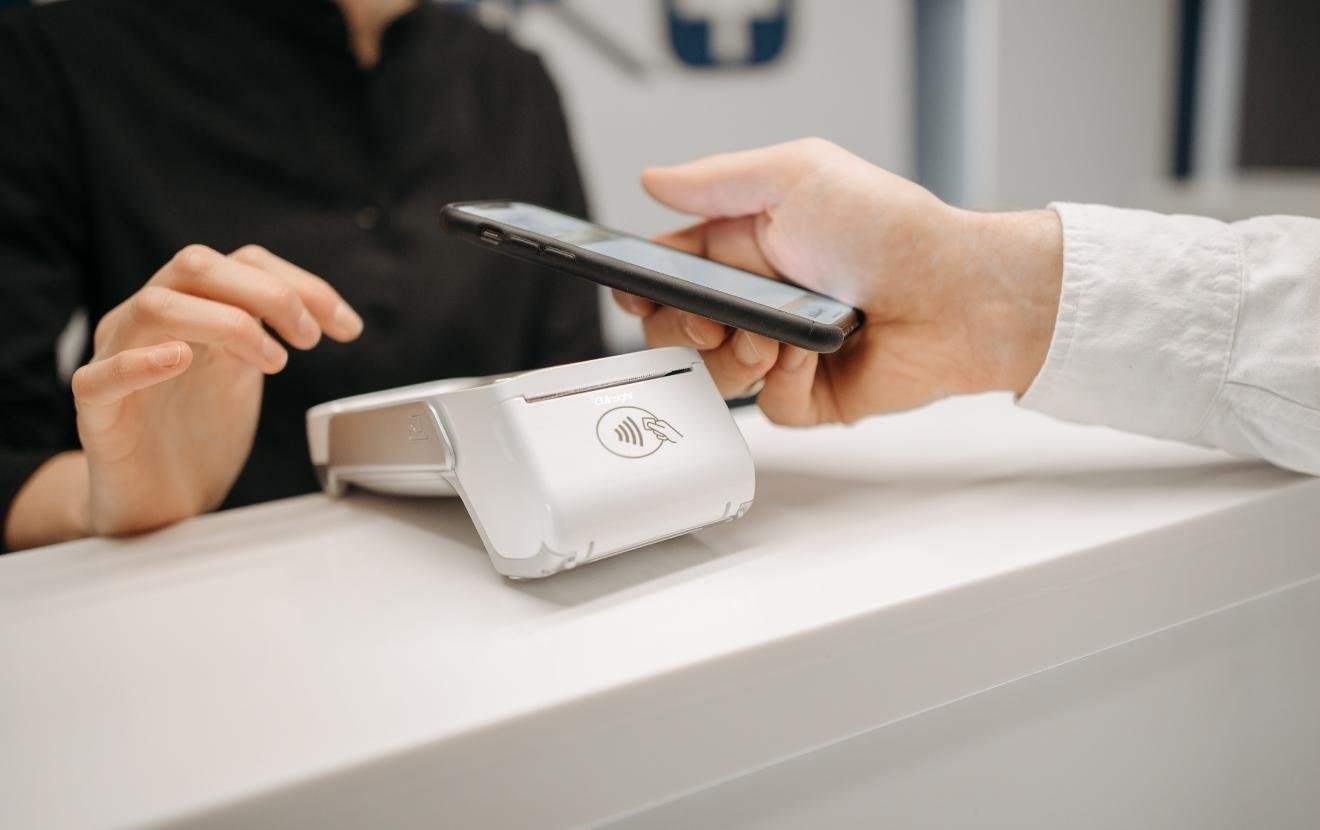When it comes to staying competitive, a seamless mobile banking app is essential. Cardmembers increasingly rely on mobile apps to be a one-stop shop for credit card management, rewards redemption, expense tracking and even setting up installment payments.
If an app is not meeting user expectations, they aren’t afraid to find one that does. In fact, 65% of users will abandon a mobile app if functionality declines, and 57% would consider leaving a provider altogether due to a poor mobile experience.
In a recent interview, Sharone Tate, Head of Cards Digital Experience at U.S. Bank, the parent company of Elan Credit Card, shared "It’s vital that your mobile app works really well so that there’s no roadblocks or headwinds."
Rapidly evolving shifts in consumer expectations, technology, along with the rising cost of digital capabilities are causing credit union leaders to reassess their mobile strategy, upgrade their current mobile app, or create their first one. Our whitepaper breaks down some important considerations:
1. Strategy and research
Understanding member behavior and industry trends is key. A relevant and engaging mobile app will incorporate a seamless experience and include key features your members want like buy now, pay later (BNPL) functionality and peer-to-peer (P2P) payments.
Younger generations, particularly Millennials and Gen Z, are poised to inherit significant wealth but feel unprepared to manage it. This emphasizes a need for digital banking strategies that support your members at every stage of life to remain competitive.
2. App design and functionality
An intuitive and visually appealing app enhances usability and retention. A well-structured interface should prioritize ease of navigation and present favored features prominently while keeping clutter to a minimum.
It’s also important to base your design directly off user feedback. Tate stated, "Too few financial institutions take care of the basics. Experiences must be monitored and analyzed, satisfaction surveys must be sent and reviewed, and someone needs to reach out to connect with customers." Tate also shared that her team finds areas of improvement through monitoring app store reviews and feedback
3. Security and privacy
More than 60% of cardholders have experienced fraud at least once, making the need for a secure app essential. Data shows that over half of consumers have enabled biometric login options and 60% prefer multi-factor authentication when accessing their financial accounts.
By leveraging preferred biometric authentication and other security measures such as real-time fraud alerts in mobile apps, credit unions can enhance security using methods that members already trust and rely on
4. Maintenance and upgrades
In this increasingly digital world, banking app maintenance has become as important, if not more so, than the initial app design.
Keeping an app updated is necessary for security, functionality, emerging technology integration, and user satisfaction—not to mention regulatory compliance.
When weighing the advantages of creating an in-house app or leveraging an outside partner, it is important to note how annual maintenance costs may affect the bottom line. Data suggests annual maintenance costs typically range from 15% to 20% of the original development expense.
With a focus on these four key areas, credit unions will be better positioned to serve their members by maintaining a competitive edge.
Since the Elan app was upgraded last September, the app rating has increased to 4.8 stars and there has been a 5% uptick in use of the mobile app across generations, suggesting that an effective app helps reach young and old alike. Download the latest Elan Credit Card whitepaper to view a preview of the new app, more consumer insights, and additional steps to building a successful app.








